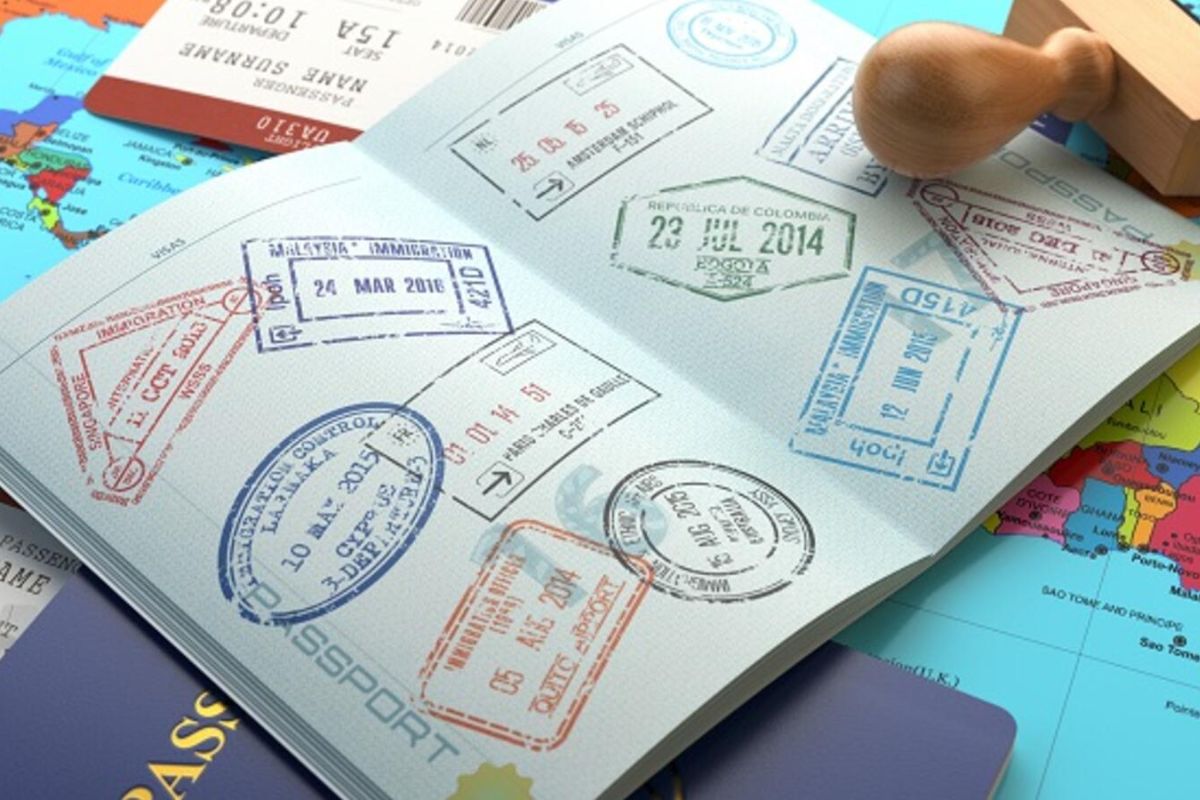In a significant development for travellers to the Schengen region, a revolutionary entry and exit system is on the horizon. This innovation aims to eliminate the traditional practice of visa stamping on passports.
This article delves into the intricacies of this upcoming Entry-Exit system and explains how it differs from the existing European Travel Information and Authorization System (ETIAS).
Schengen Visa Explained
The Schengen region is a group of 27 European countries that have abolished passport and border controls at their mutual borders. Visitors from outside the Schengen region can travel freely between these countries for up to 90 days within a 180-day period.
However, visitors from certain countries, including the United States, India, Canada, and Australia, are still required to obtain a Schengen visa before entering the region.
New Entry-Exit System
The Schengen region is developing a new central entry and exit system for visitors from other countries. This system will replace the current system of visa stamping on passports.
The new system will use biometric data, such as fingerprints and facial scans, to identify visitors and track their movements within the Schengen region.
This will allow European countries to increase scrutiny of foreign nationals entering the region and to identify potential security threats.
How the New Entry-Exit System Will Work
Visitors to the Schengen region will need to apply for an entry-exit permit before travelling. This permit will be valid for three years and will allow for multiple entries into the region during that period.
When a visitor enters the Schengen region, they will be required to scan their passport and have their fingerprints and facial scan taken. This information will be stored in the entry-exit system.
When a visitor leaves the Schengen region, they will again be required to scan their passport and have their fingerprints and facial scan taken. This will allow the system to track the visitor’s movements and ensure that they leave the region before their permit expires.
Benefits of the New System
The new entry-exit system is expected to offer a number of benefits, including:
- Increased security: The system will help to identify potential security threats and to prevent illegal immigration.
- Reduced waiting times at borders: The system will automate the entry and exit process, which will reduce waiting times for visitors.
- Improved data accuracy: The system will use biometric data to identify visitors, which will improve the accuracy of data on visitor movements.
Passport Stamping vs. Automatic Registration
In the current system, passport stamping serves as a visual confirmation of a traveller’s entry into the Schengen region. This practice will be replaced by automatic registration in the upcoming entry-exit system. Border guards will verify the biometric data of the traveller, ensuring it corresponds to the person in front of them.
Airlines’ Role in the Entry-Exit System
A noteworthy change in the new system is the role of airlines. Airlines will take on the responsibility of checking the authorization status of passengers travelling to Europe, as they will have access to relevant data. This shift in responsibility is expected to enhance the efficiency of the entry and exit process.
When Will the New System Be Implemented?
The new entry-exit system is expected to be implemented in 2023.
Difference Between ETIAS and the Entry-Exit System
The European Travel Information and Authorization System (ETIAS) is a separate system that will be implemented in 2023. ETIAS will require citizens of certain visa-exempt countries to obtain travel authorization before entering the Schengen region.
The entry-exit system is a different system that will be used to track the movements of all visitors to the Schengen region, regardless of their nationality.
Conclusion
In conclusion, as travellers look forward to hassle-free journeys within the Schengen region, the new entry and exit system will play a pivotal role in shaping the future of international travel. Stay tuned for further updates on this transformative development.
Follow and connect with us on Facebook, Twitter, LinkedIn, Instagram and Google News for the latest travel news and updates!





